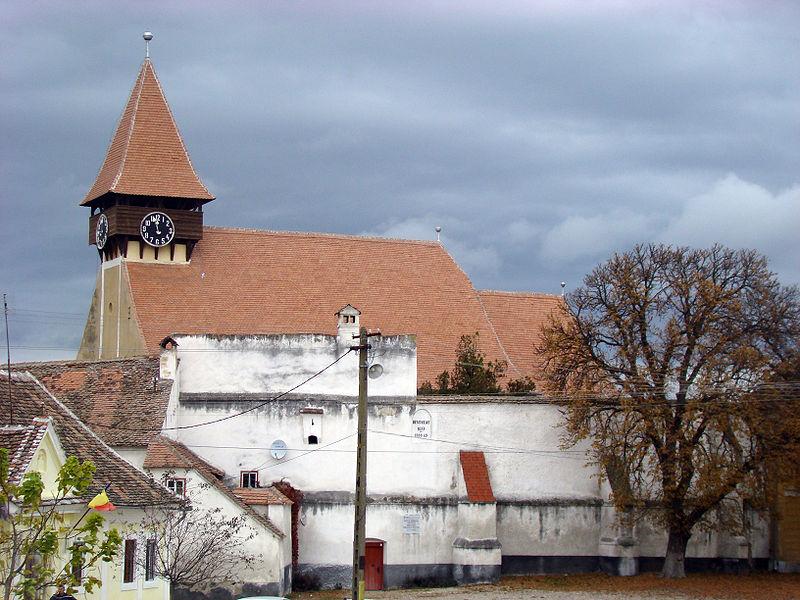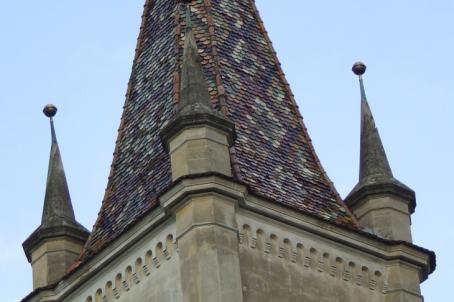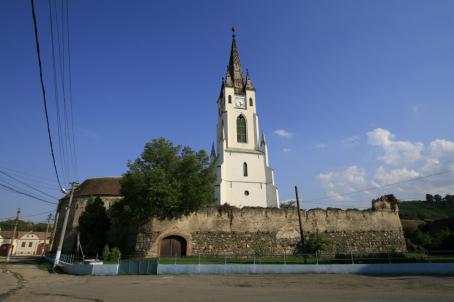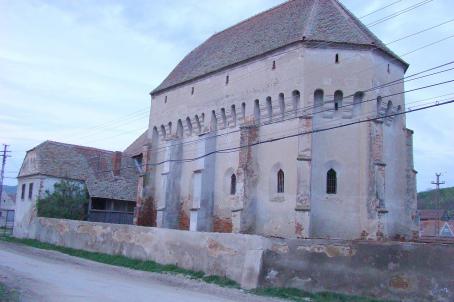Miercurea Sibiului Fortified Church
The Romanesque pier basilica built around 1260 was changed to a hall church starting in 1496 when the side aisles were heightened. From the initial building only the walls and the tower remained, which has been integrated into the roof. In the attic of the side aisles the round Romanesque clerestory windows are still preserved, after being covered in 1783 by the construction of the nave’s vault. During this period the chancel was enlarged and the interior decorated with Tuscan columns on the triumphal arch and next to the walls.
The interior furnishing date back to the 18th century. The defence wall with gate tower was built between the 13th and the 15th century. Almost its whole interior side is built with massive two-level rooms and granaries, and behind them the battlement walk. The cells were provided with a protruded pitched roof, for the protection of the villager’s grain chests, which are still exhibited today.
About this building
For more information visit on this building visit https://kirchenburgen.org/en/location/reussmarkt-miercurea-sibiului/






